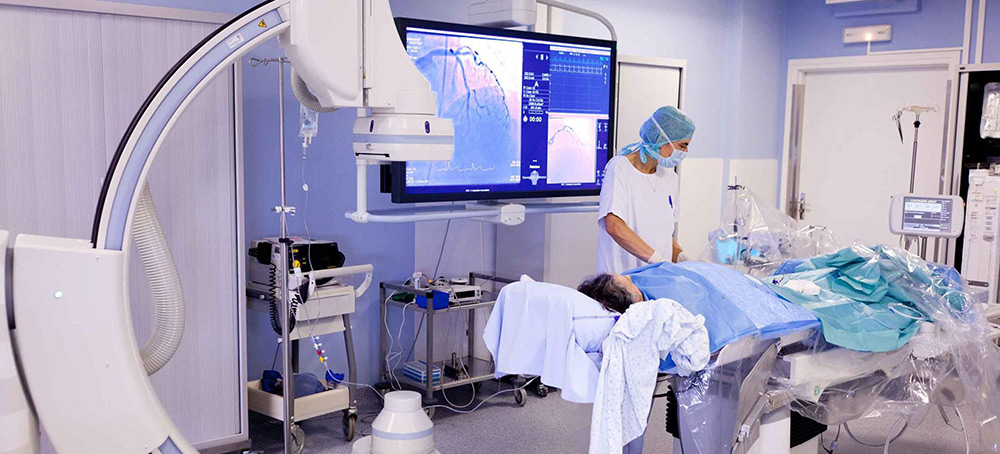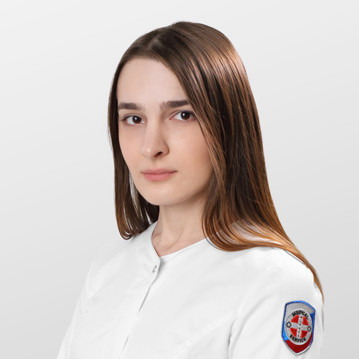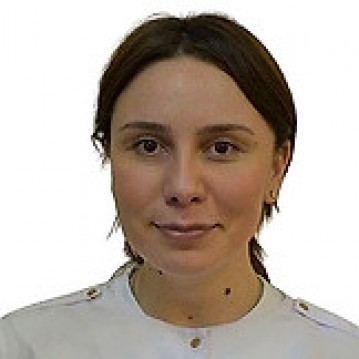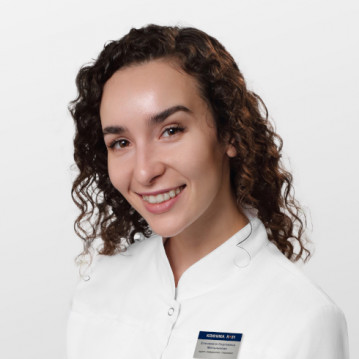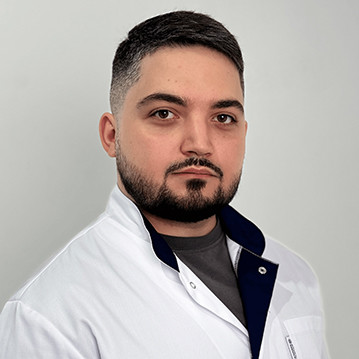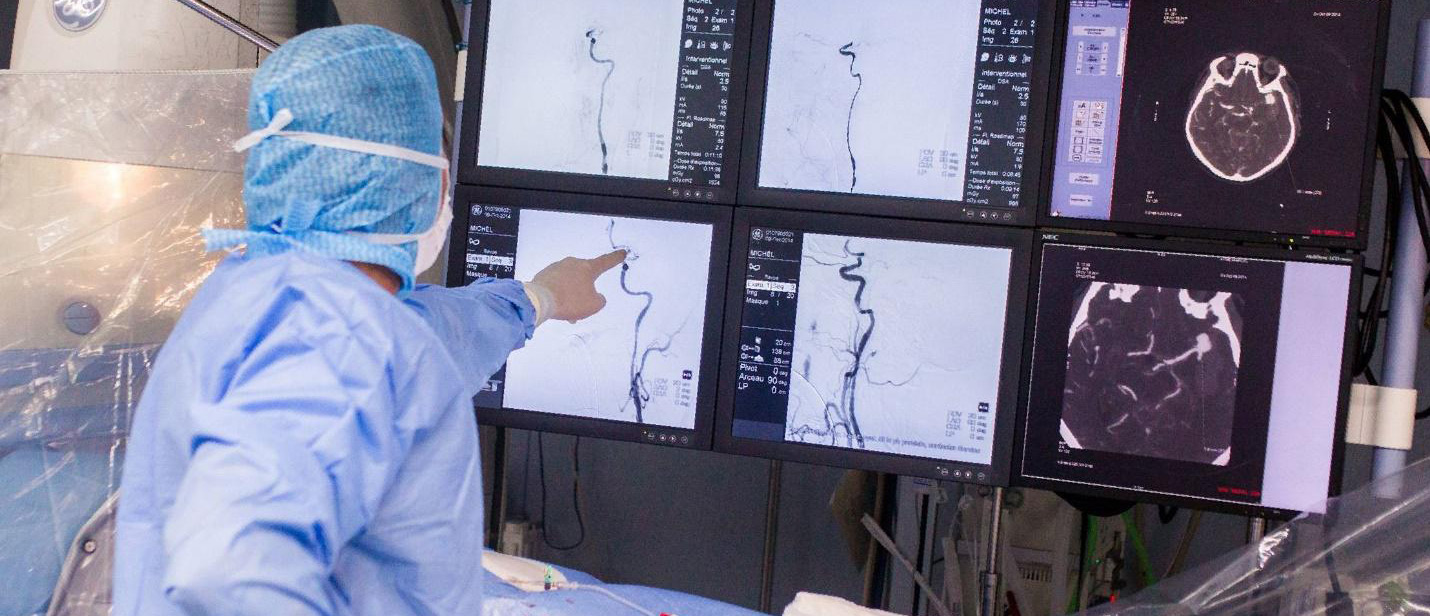
What is angiography?
Angiography is a modern, highly informative technique for diagnosing vascular pathologies, as well as an effective tool for detecting tumor processes. Angiography is used for:
- The need to study the state of the vessels;
- Detection of congenital anomalies;
- Identification or clarification of the location of tumors accompanied by a pronounced vascular network;
- Identifying the source of bleeding.
During the procedure, a contrast agent is injected into an artery or vein, which allows you to more clearly display the vessels on the angiograph monitor. The introduction of a substance can be selective and non-selective. In the first case, the contrast agent is injected directly into the test vessel. When using the second type of study, a catheter for the introduction of a contrast agent is installed in nearby large vessels.
Indications and contraindications
Indications for vascular angiography:
- Atherosclerosis of the coronary arteries;
- Aneurysm;
- Stroke or heart attack;
- Ischemic heart disease;
- Atherosclerosis;
- Angioma and others.
Contraindications
Despite the invasiveness, subject to all conditions, angiography is a safe diagnostic method. There are no absolute contraindications to its implementation. Relatives include:
- Overweight patient in excess of 200 kg;
- Chronic comorbidities in the stage of decompensation;
- Mental disorders;
- Presence of some allergic reactions;
- Blood clotting disorders.
To clarify the order of the study and preparation for it, you can use the special form on the website to make an appointment with the doctor online.
Preparation and conduct of vascular angiography
Before the procedure, patients undergo some examinations, for example:
- ECG;
- fluorography;
- Blood test;
- Coagulogram;
- Consultations with doctors such as a cardiologist, neurologist, surgeon, endocrinologist, etc.
On the day of the examination, you should not eat or drink before the procedure. The puncture site through which the catheter will be inserted is disinfected and anesthetized, incised. A tube with a catheter is installed and contrast is injected, which will allow you to see the vessels in the pictures.
Restore
The recovery process and its speed depend on the scale of the procedure. After angiography of the vessels, bleeding is stopped with a tight bandage. Then it is advised to observe bed rest from 6 hours to several days, follow a diet for the first time, exclude physical activity and stress.
